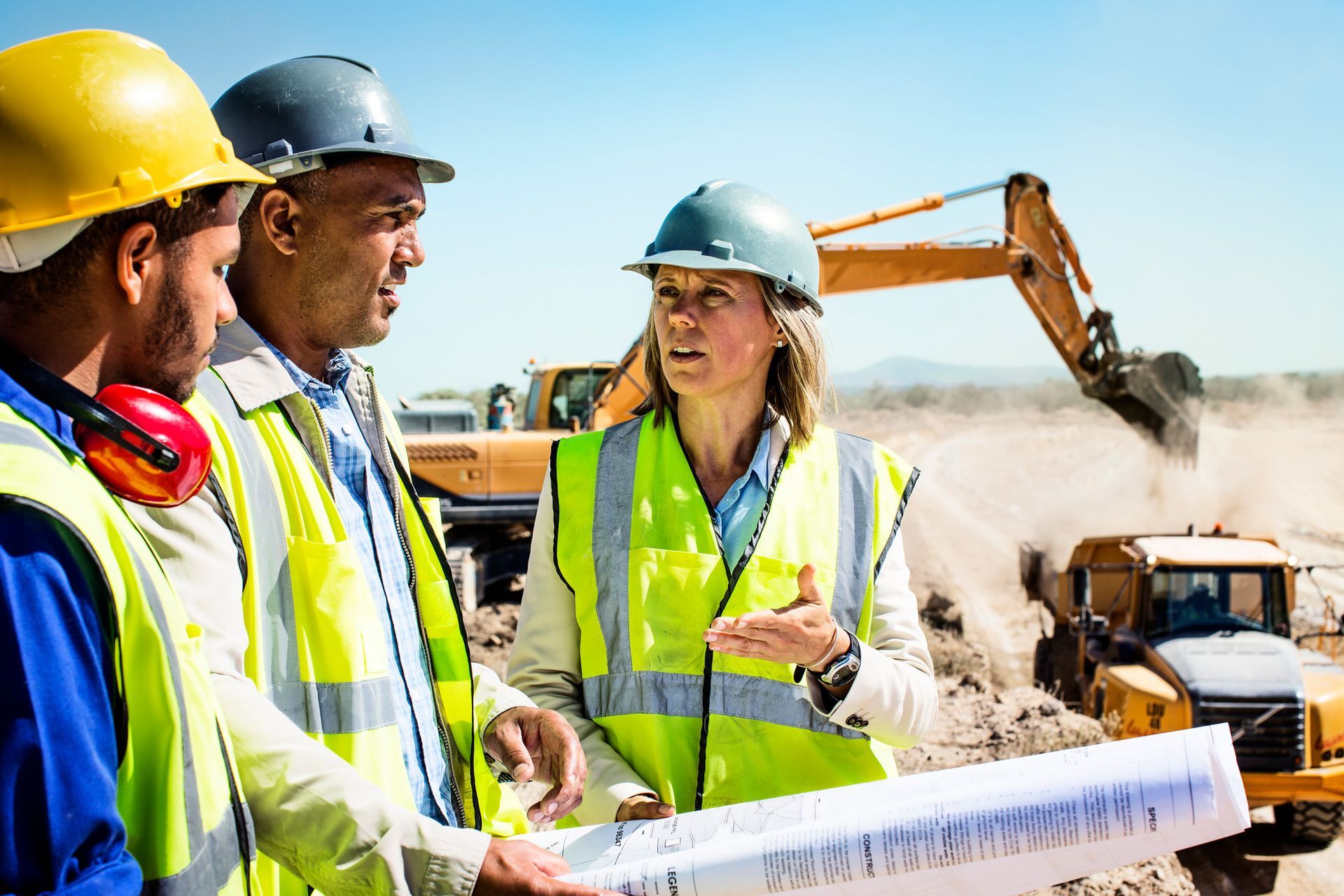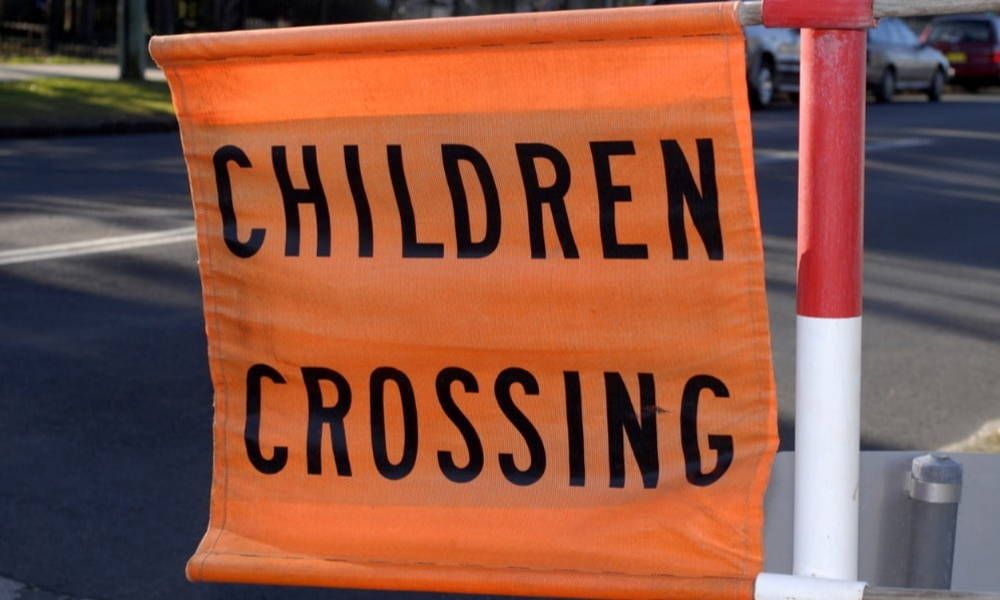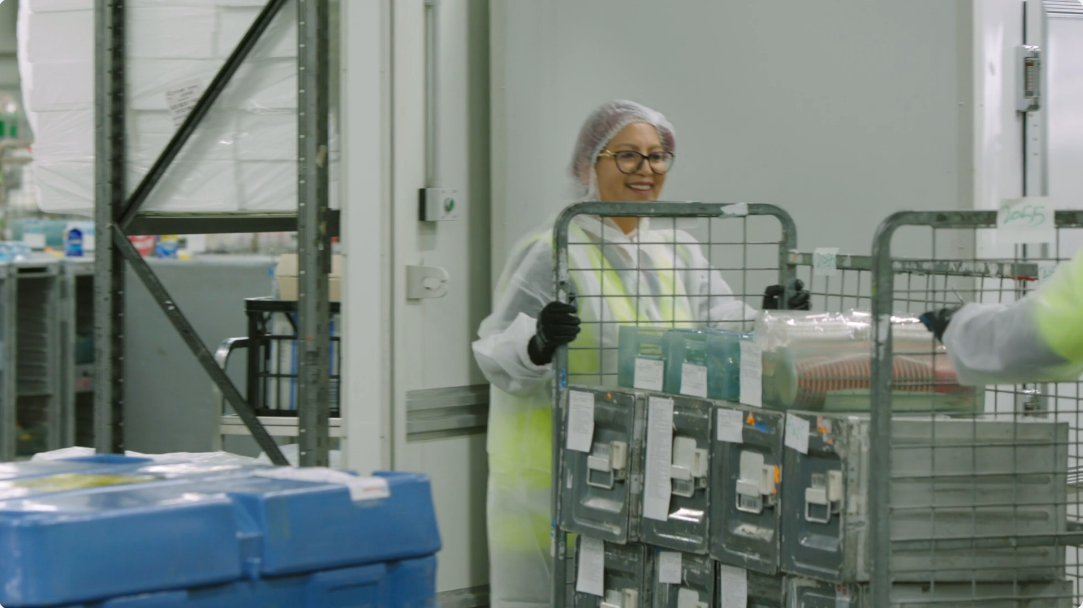The unique geography and climate we have in Australia leaves us at particular risk for the impacts of climate change. From the scorching heatwaves we’ve been experiencing in recent years, to the bushfires and floods that appear to occur constantly and somehow, simultaneously, these challenges pose specific risks to workers and businesses across a variety of industries. Let’s look at the specific occupational hazards exacerbated by climate change in Australia and explore potential strategies for safeguarding employee health and wellbeing.
Ultraviolet Radiation
Australians grow up with the importance of being sun aware with the ‘slip slop slap wrap’ campaign providing the theme song to our childhoods, and ‘no hat no play’ defining our playground social status. But we also have a hugely diverse workforce that may not be aware of the true impact of the sun, as well as those who have become lax in their commitment to sun safety when it stopped impacting their fun time. The reality of Australia is that our risk of skin cancer and eye damage due to high levels of UV rays is higher than average due to our proximity to the hole in the ozone layer and is of particular concern to those working outdoors.
Encouraging sun safety in employees should be a priority for businesses including providing protective clothing with full length pants, long sleeves, wide brimmed hats (add a neck flap for extra sun protection) and sunglasses, as well as easy access to sunscreen and time out of the sun.
Working in Extreme Heat
Summer in Australia is an experience of its own. The extreme, and ongoing, heatwaves we experience pose serious health risks to a range of workers, particularly those working outdoors or doing physical labour without airconditioned facilities. The rising temperatures, combined with the need to wear long clothing for protective purposes, exacerbate the likelihood of dehydration and heatstroke.
For businesses to fully commit to the health and safety of their workforce, it is essential to implement and review basic heat safety protocols. Providing frequent breaks, ensuring access to shaded areas and water are just some of the simple ways in which employers can support their workforces and ensure their safety through the changing climate.
Bushfires and Smoke Pollution
Climate change and extreme weather has seen our bushfire seasons grow in severity and devastation, leading to extremely hazardous air conditions from smoke pollution spreading hundreds of kilometres from the fire’s location. First responders are at a huge risk and should be equipped with respiratory protection and regular air quality monitoring but looking out for employees also means considering those who are living and working in areas with high air pollution, out of the line of fires.
People with asthma and other respiratory conditions are particularly at-risk during bushfire seasons, but the poor air quality can trigger illness in otherwise healthy people. Businesses can consider offering alternative working arrangements during these periods, if possible. Working from home can reduce the need to be outside in poor air quality, while ensuring your business’ HVAC systems are working properly and efficiently ensures the wellbeing of your employees in the workplace.
Floods, Storms, and Other Extreme Weather
2022 saw Australia affected by record-breaking rain and floods for large parts of Eastern Australia, caused by climate change resulting in extensive devastation for the Australian people and the economy. Since then, it only appears to be getting worse. Extreme storms and flash flooding pose risks to everyone and while many local governments encourage residents to have emergency plans in place for their homes, the same should be said for all businesses.
Conduct risk assessments, have emergency preparedness plans in place, and provide education, training, and resources to your employees on safe work practices during adverse weather conditions. Considering even the most unlikely of situations that can occur in a matter of moments can go a long way to ensuring the safety of your employees.
As Australia continues to realise the escalating and ongoing effects of climate change, it’s important for businesses and employers to adapt and revise their specific workplace risks posed by the changing weather patterns. Beyond the major risks we have highlighted above, there are other considerations that need to be considered such as diseases like Ross River virus and dengue fever, transmitted by mosquitoes who thrive in the hot and wet climates, and chemical spills and leaks because of storms.
By being proactive and implementing safety measures tailored to the unique needs of the Australian landscape, we can create safer and more resilient workplaces for workers in all industries.
We are all Safety Leaders
At Chandler Macleod, safety underpins everything that we do.
Our suite of safety services can help you plan, source, assess, develop and manage for best Workplace Health & Safety. Recognising that an effective safety strategy should transcend legal compliance issues, we have proudly produced safety initiatives for some of the country’s most iconic organisations. Safety is more than just ticking boxes; it should capture the hearts and minds of the employees that must live it, every single day.
Talk to our team about how we can help you look after your most valuable resource- your people or visit our website for more information on our compliance and safety measures.













